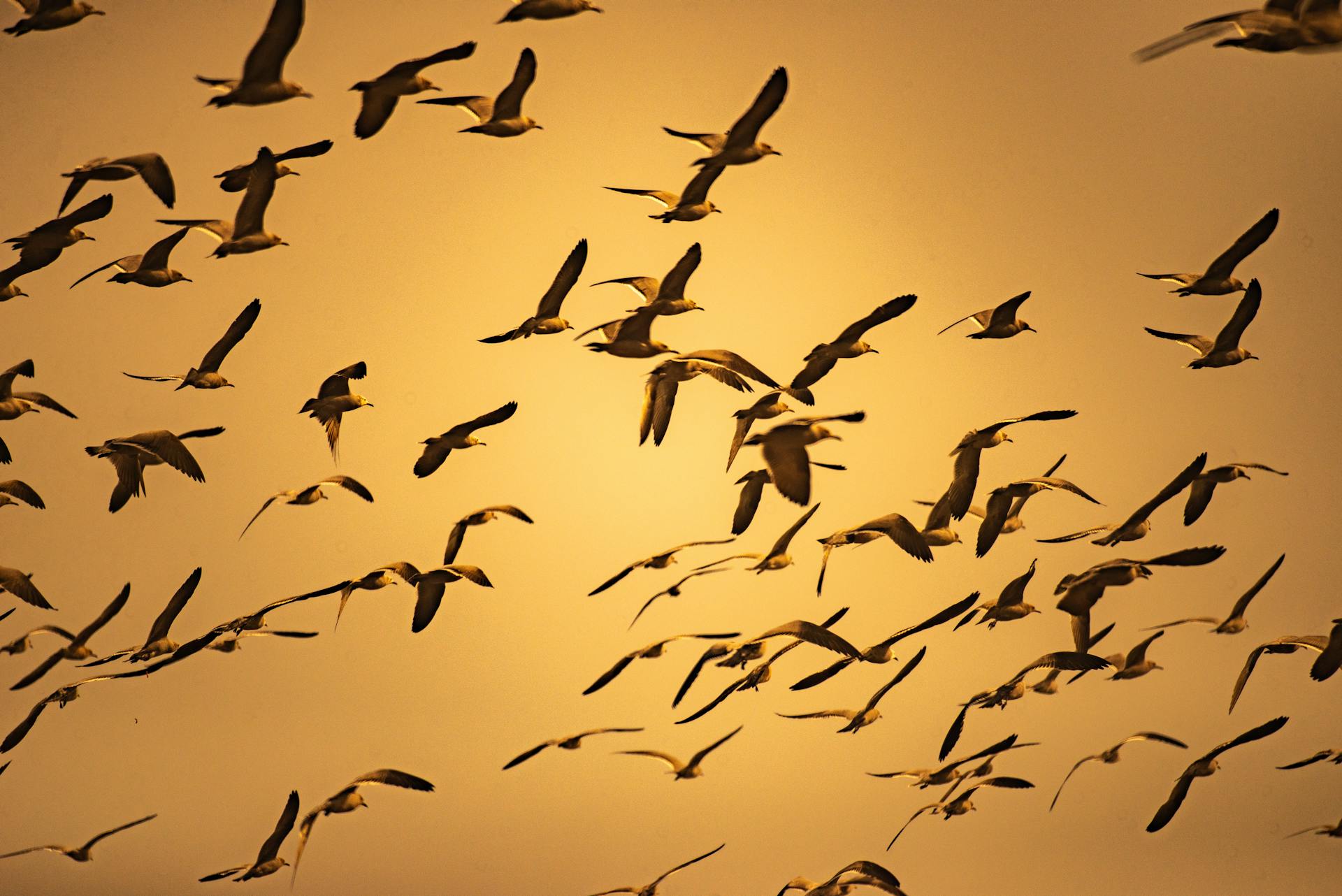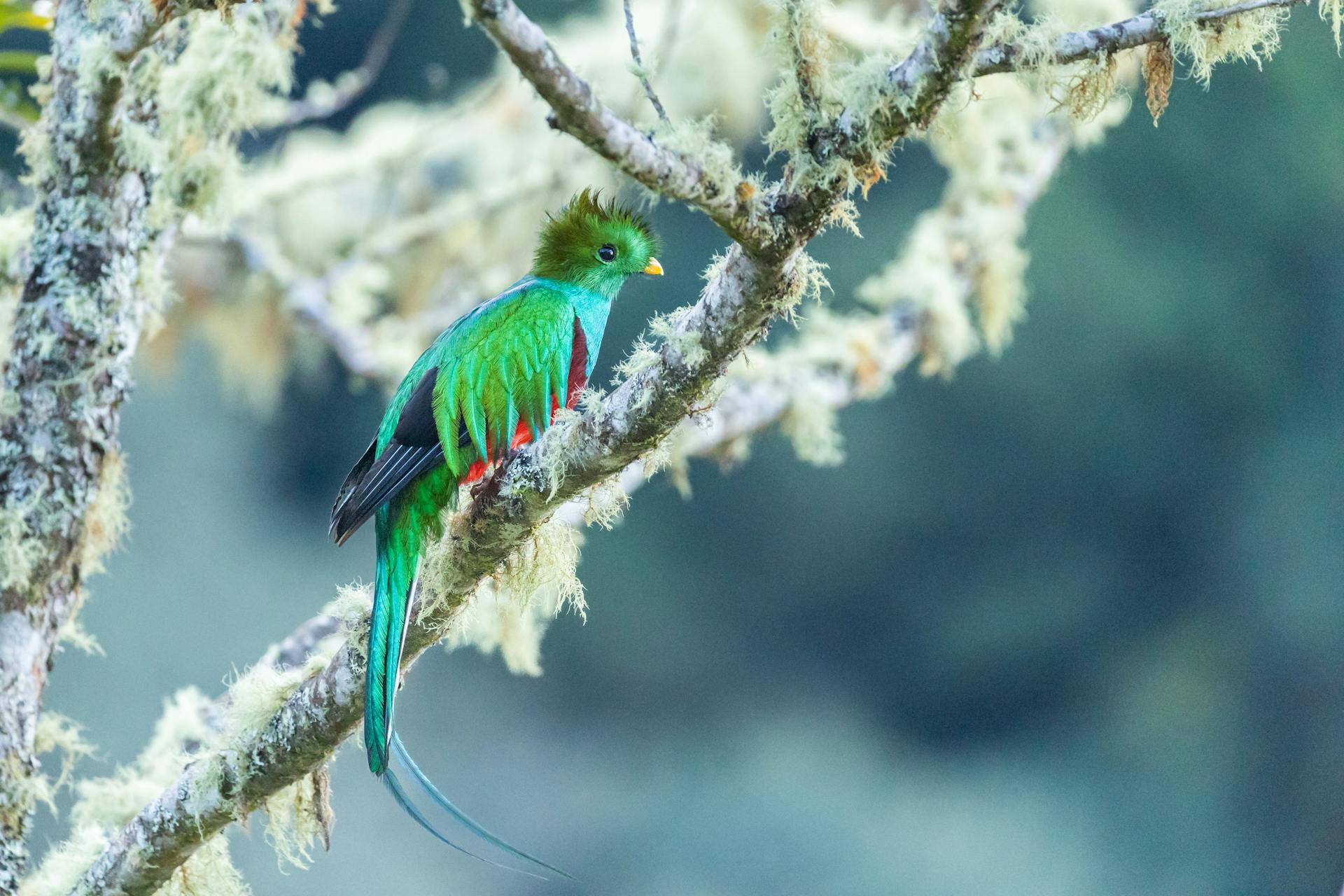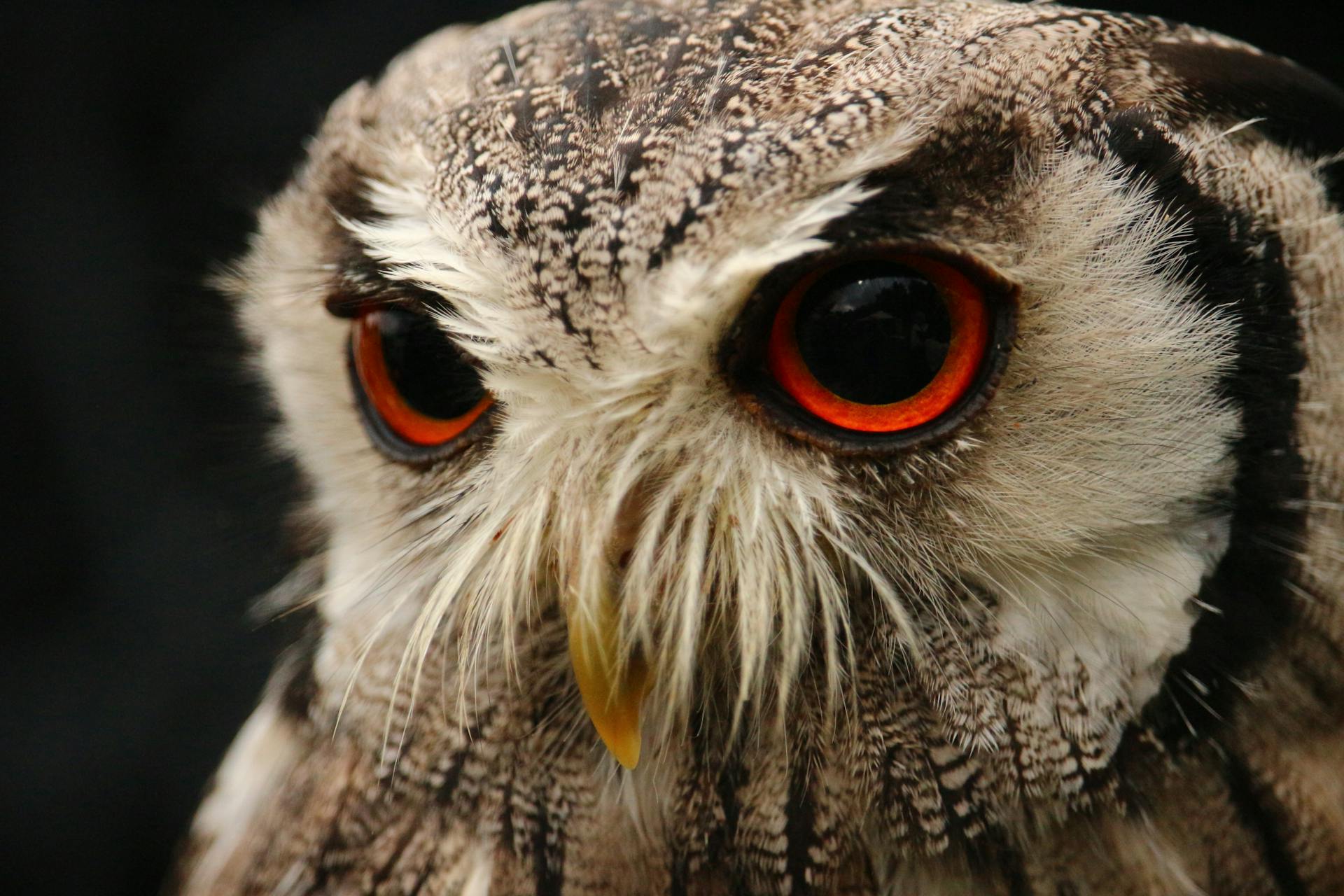In the vast expanse of our planet, there exists a phenomenon both awe-inspiring and enigmatic: the migration of birds. Each year, millions of birds embark on extraordinary journeys that span continents and oceans, defying the limits of endurance and navigation. Imagine a delicate Arctic Tern traveling an astonishing 71,000 kilometers (44,000 miles) in search of food and ideal breeding conditions, or a resilient Gray Whale traversing the Pacific Ocean’s entire width to give birth in the warm waters of Mexico. These long-distance migrations are not merely impressive feats of nature but crucial strategies for survival and reproduction.
Bird migration is a remarkable aspect of wildlife behavior, driven by the need to find resources, avoid harsh climates, and optimize breeding success. For many species, the journey is not just about traversing vast distances but also about navigating treacherous landscapes, adapting to changing environments, and overcoming numerous obstacles along the way. Understanding these epic voyages helps us appreciate the intricate balance of ecosystems and underscores the importance of protecting migratory routes that these avian travelers depend on. As we delve into the stories of the birds with the longest migrations, we uncover the resilience and tenacity required for these phenomenal journeys and the critical need to safeguard their migratory paths for future generations.
Understanding Bird Migration
Bird migration is a captivating natural phenomenon where birds travel from one region to another, often across vast distances, typically in response to seasonal changes. This process is defined as the regular, seasonal movement of birds between breeding and non-breeding areas. Essentially, migration allows birds to take advantage of favorable conditions for breeding, feeding, and survival. Migratory birds often journey to regions with abundant food resources during the breeding season and return to more hospitable climates when conditions change. This incredible adaptability enables them to thrive in various environments and maintain their populations.
The reasons behind bird migration are multifaceted. Food availability is a primary driver, as many birds migrate to areas where food is plentiful, ensuring the survival of their young. Breeding is another crucial factor; birds often travel to specific locations that offer optimal conditions for nesting and raising chicks. Climate changes also play a significant role, with birds moving to avoid harsh weather conditions and to find suitable temperatures that support their needs throughout the year. Understanding these motivations provides insight into the complex behaviors and challenges associated with long-distance travel.
The Longest Migrators
Among the most remarkable migrators is the Arctic Tern, renowned for its extraordinary migration of up to 71,000 kilometers (44,000 miles) annually. This bird embarks on an epic journey from its Arctic breeding grounds to its wintering areas in the Antarctic, making it the champion of long-distance avian travel. The Arctic Tern’s migration route spans the globe, allowing it to experience two summers annually. Its unique adaptations, including exceptional navigation skills and incredible endurance, enable it to complete this lengthy voyage with remarkable precision.
The Gray Whale, though not a bird, deserves mention due to its impressive migration spanning approximately 20,000 kilometers (12,500 miles) round trip. These whales travel from their feeding grounds in the Arctic to their breeding grounds in Mexico, demonstrating significant physical adaptations such as substantial fat reserves that provide energy for the journey. Their migratory behavior includes periodic stops for feeding and social interaction, highlighting the complex dynamics of their travel.
Another notable avian traveler is the Bar-tailed Godwit, which holds the record for the longest non-stop flight of over 11,000 kilometers (7,000 miles). This bird migrates from New Zealand to Alaska, demonstrating extraordinary flight strategies that include conserving energy during its non-stop journey. The Bar-tailed Godwit’s ability to sustain such long flights underscores its remarkable physiological adaptations and endurance.
The Swallow-tailed Kite, with its migration distance of up to 8,000 kilometers (5,000 miles) annually, travels from North America to South America. This species exhibits unique behavioral adaptations, including specific flight patterns and feeding habits that support its long journey. The kite’s migration involves navigating diverse environments and adjusting its feeding strategies to maintain energy levels throughout the trip.
Challenges of Long-Distance Migration
Long-distance migration presents numerous challenges for birds, from environmental hazards to physical demands. Birds face unpredictable weather conditions, including storms and extreme temperatures, which can disrupt their journey and impact their survival. Habitat loss along migration routes also poses a significant threat, as birds rely on specific locations for resting and refueling.
The physical demands of migration are considerable, requiring birds to expend vast amounts of energy and endure extended periods of flight. Health issues can arise from the strain of long-distance travel, including exhaustion and malnutrition. Additionally, human impact, such as climate change and pollution, exacerbates these challenges by altering migratory patterns and threatening critical habitats.
Conservation Efforts
Efforts to conserve migratory birds and their routes are crucial for maintaining their populations and ensuring the sustainability of their epic journeys. Current initiatives focus on protecting key habitats along migration routes and implementing policies that mitigate environmental threats. Organizations and governments work to establish protected areas and restore critical habitats to support migratory birds.
Technology plays a significant role in conservation, with the use of tracking devices providing valuable data on migratory patterns and behaviors. This information helps researchers understand the challenges faced by migratory birds and develop targeted conservation strategies.
Individuals can contribute to conservation efforts by supporting organizations dedicated to bird protection, participating in citizen science projects, and advocating for policies that address climate change and habitat loss. Simple actions, such as creating bird-friendly environments and reducing pollution, also make a difference.
Conclusion
The study of birds with the longest migrations reveals the incredible resilience and adaptability of these avian travelers. From the Arctic Tern’s global circumnavigation to the Bar-tailed Godwit’s non-stop flight, these journeys highlight the remarkable capabilities of migratory birds. As we continue to explore and understand these phenomena, it is vital to prioritize conservation efforts to safeguard migratory routes and habitats. By addressing the challenges they face and supporting ongoing research, we can help ensure that future generations witness and appreciate the awe-inspiring migrations of these incredible creatures.


